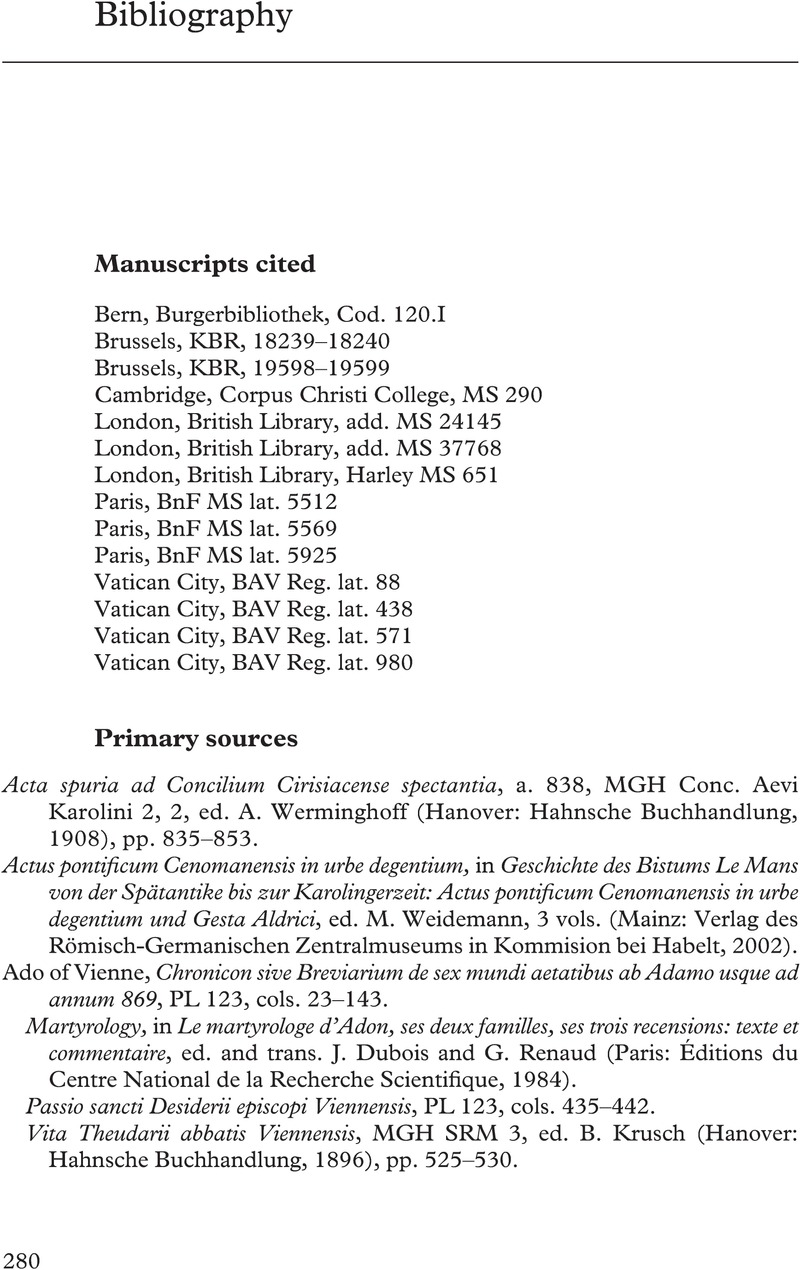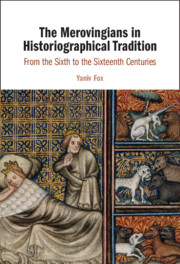Bibliography
Published online by Cambridge University Press: 02 November 2023
Summary

- Type
- Chapter
- Information
- The Merovingians in Historiographical TraditionFrom the Sixth to the Sixteenth Centuries, pp. 280 - 317Publisher: Cambridge University PressPrint publication year: 2023



